Welcome back to my long running series about my Viking River Cruise in Europe. My friends and I took a cruise down the Rhine in 2014 and had the best time. We visited Holland, Germany, France and Switzerland. So far the majority of the trip has been centered in Germany and my last posts were about our time in Heidelberg. We finished up our day there and overnight our longship sailed to Kehl, Germany, where we would cross over into France for the first time on our journey.
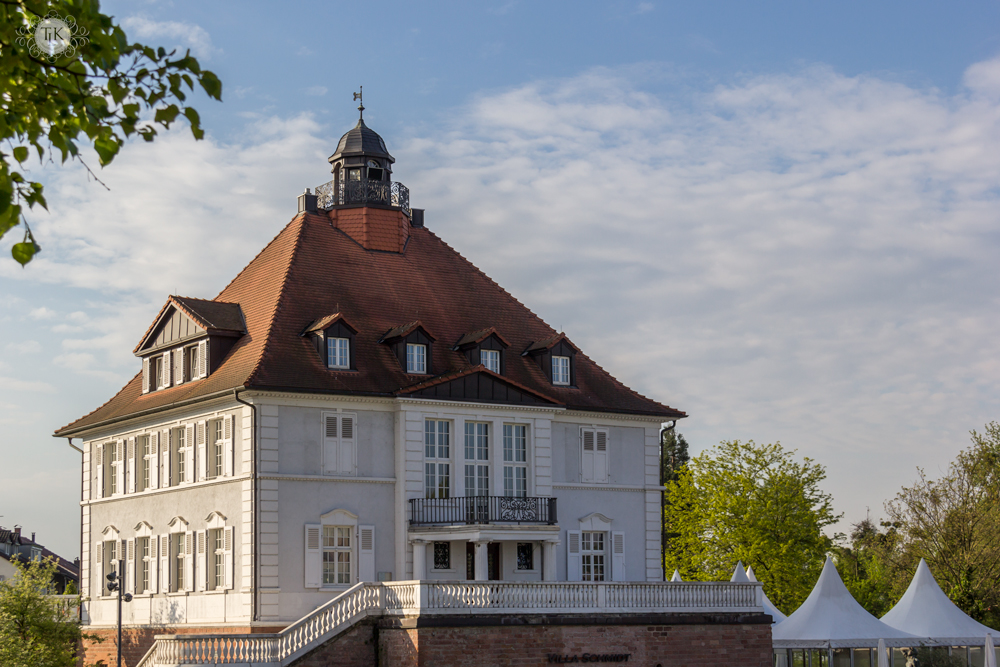
The majority of travel by our ship does occur overnight, while we sleep. On this night June and I were both awakened once when we went through one of the many locks along the Rhine that the ships have to navigate. It wasn’t too alarming and luckily we both were able to go back to sleep. When we awoke, we were docked in Kehl and after another wonderful breakfast we disembarked to meet our tour guide for the day and head across the Rhine to Strasbourg, France.
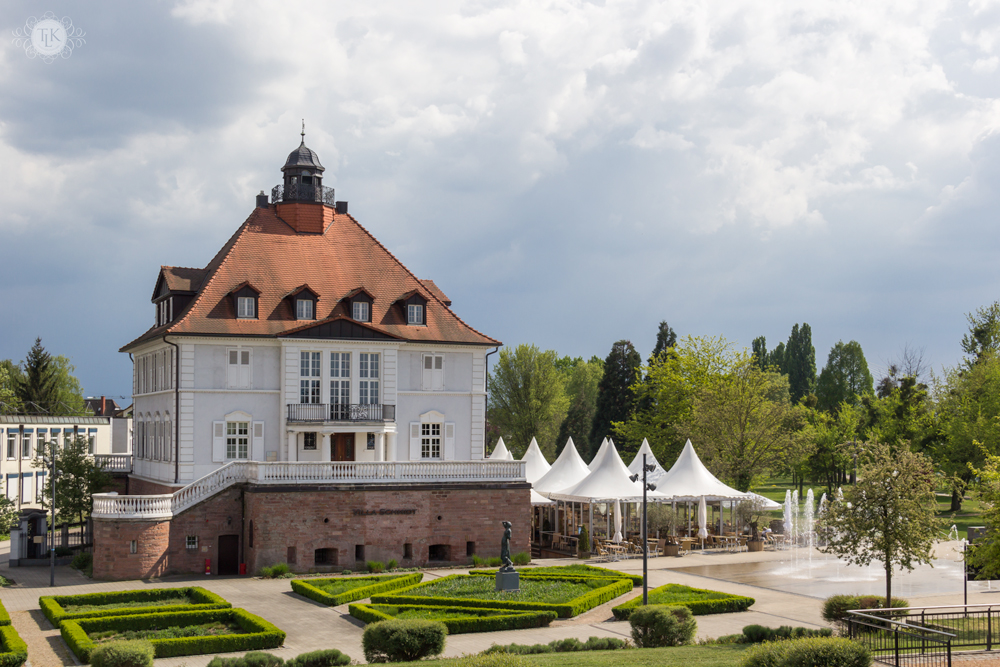
Fortunately our view was of this lovely former private residence known as Villa Schmidt, named for Ludwig and Agnes Schmidt Tick who lived here 100 years ago. In fact, the house was built in 1914 so it was celebrating its centennial. Agnes was heir to the local Pulp Factory – I would assume that is some kind of paper factory – and lived here until World War II. At that time it was taken over by the French and was used as the French Military Administration until the 1980’s. Then the city of Kehl took ownership and extensively renovated the house and grounds. In the formal garden above you will notice a statue of a young girl called the Haymaker. The original was given to the city of Kehl by Agnes and resided in a square named for Agnes but during the War it mysteriously disappeared. The statue above was made from the original plaster cast by the artist and today resides here at the house.
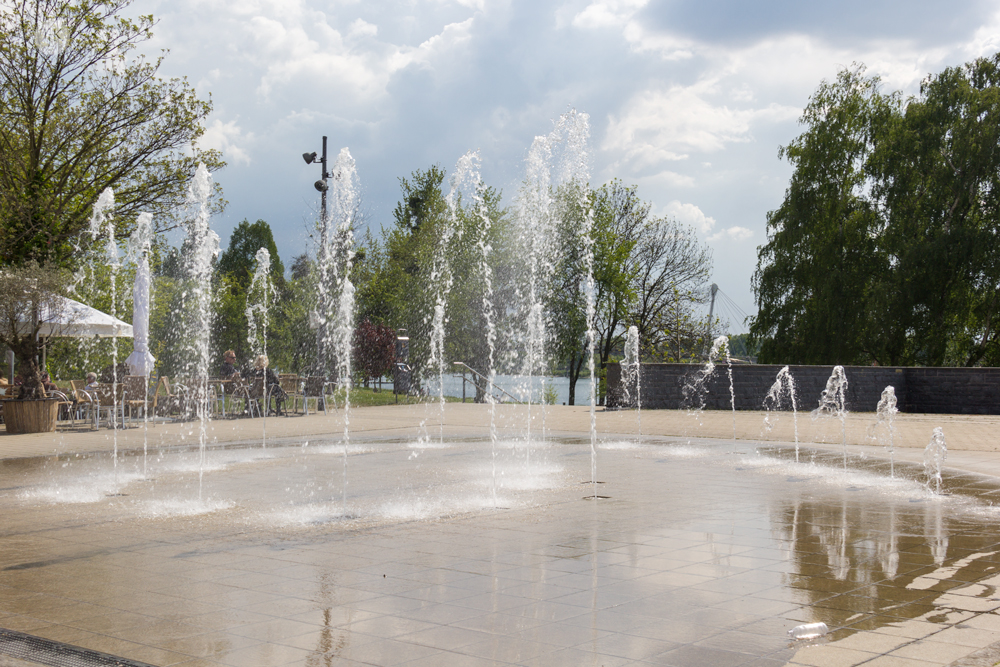
The building is now a restaurant and protected monument. It is adjacent to a beautiful park area known as the Jardin des Deux Rives, or the Garden of Two Shores. The cities of Kehl and Strasbourg are joined by the Europabruke, or Europe Bridge and citizens of both countries may freely come and go and enjoy the parks on both sides of the Rhine.
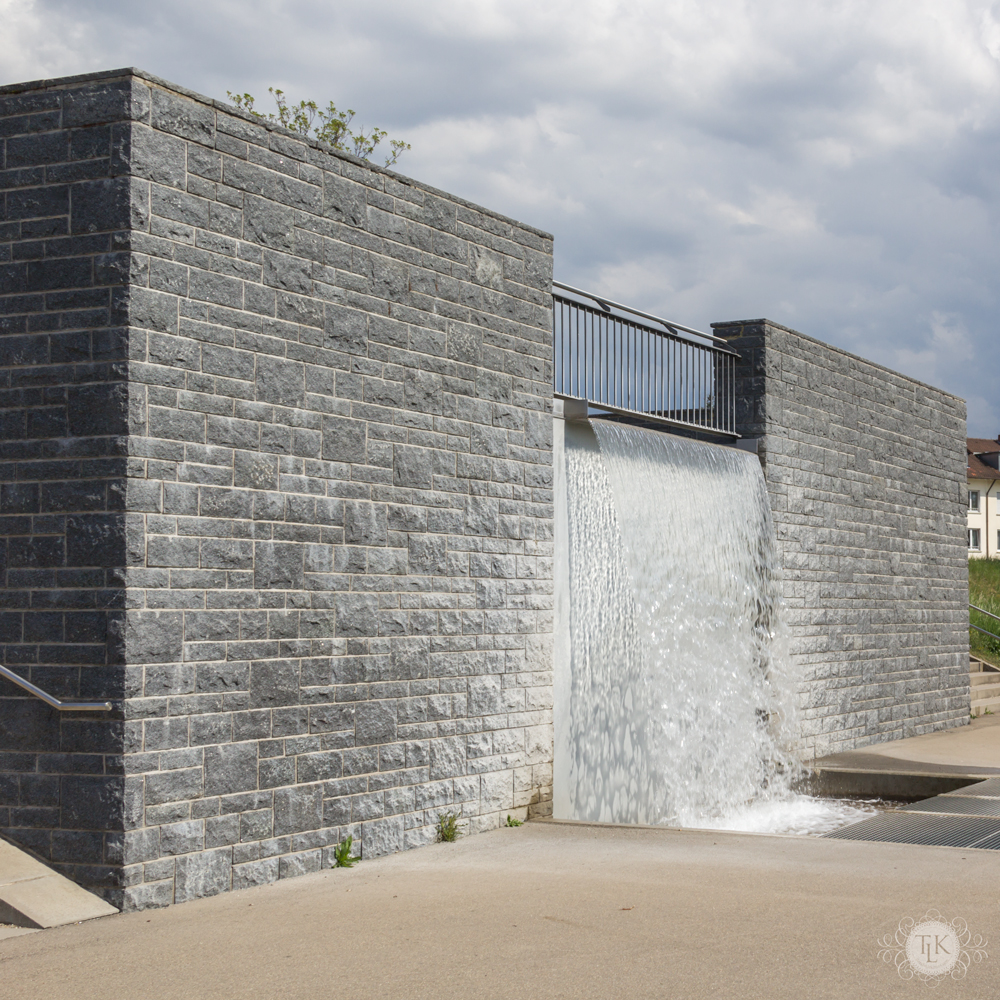
There are fountains, art and many kilometers of trails and the bridge itself has a special pedestrian and bike section to promote getting outdoors and the friendship of the two cities and countries. This region is known as Alsace and the border between Germany and France has changed many, many times over the centuries so many families have ties on both sides of the Rhine. The Alsace region is from the eastern French border to the western parts of Germany and Switzerland. The Alsatians even have their own language, a variation of German, but presently most also speak French. It can be confusing but most also know some English, and your Viking Guide is always ready to assist.
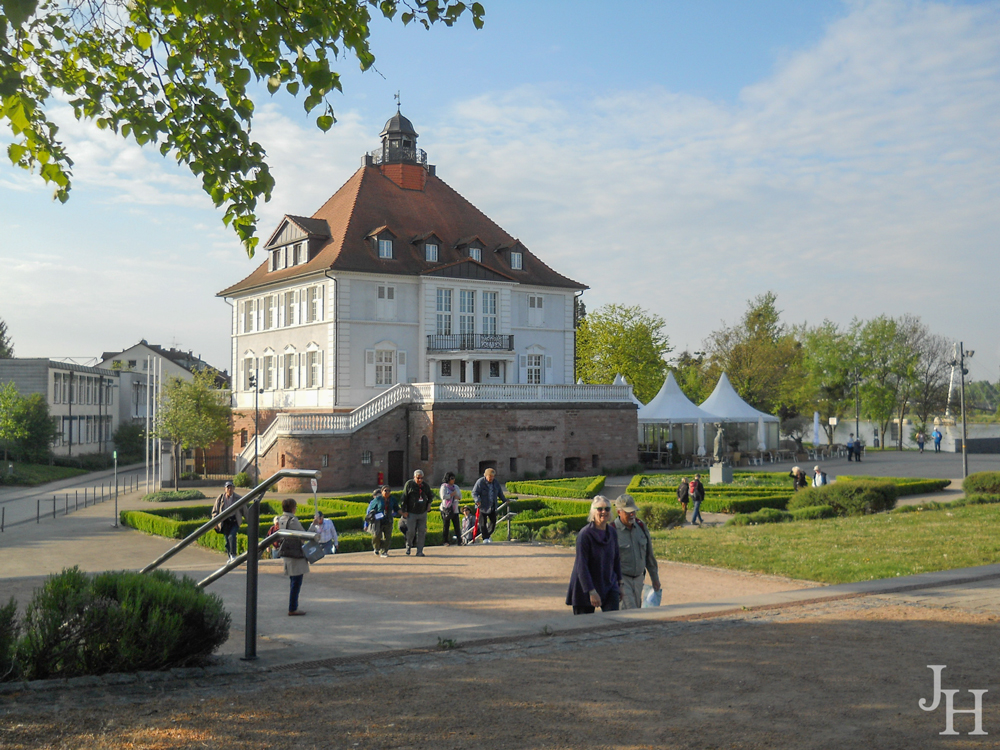
We didn’t have time to visit the park but we walked through the grounds at the Villa Schmidt to meet our guide and board our bus that would take us over the Rhine into Strasbourg. In the picture above you can see our guide, Claude, standing with her Viking Group Sign behind the handrail on the stairs. And Claude was a female. She said she always got shocked looks when people met her in person for the first time since she had a masculine name. She was another marvelous guide and ever so helpful.
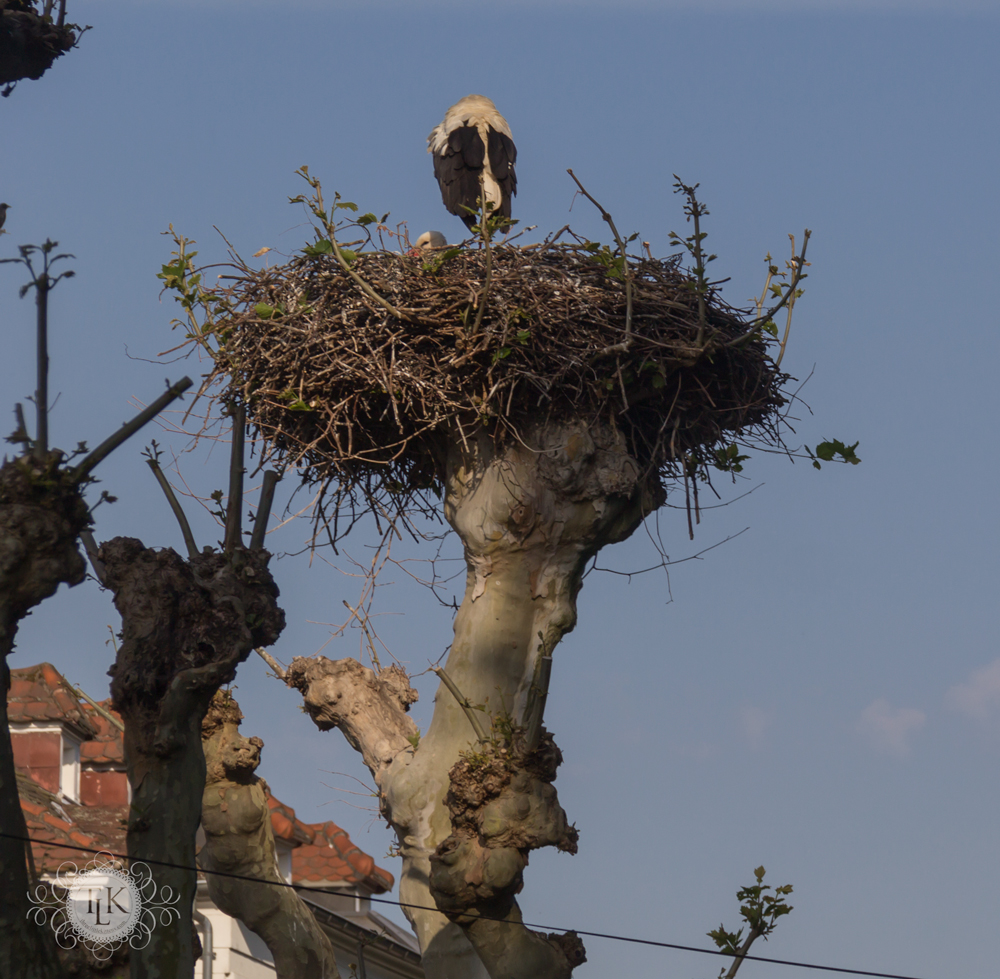
While on the bus she explained that Strasbourg was also where the EU Parliament was headquartered. It is a de facto capital of the EU, along with Brussels and Luxembourg. We drove by lots of large government buildings on our way to La Petite France, the section where we would spend most of our day.
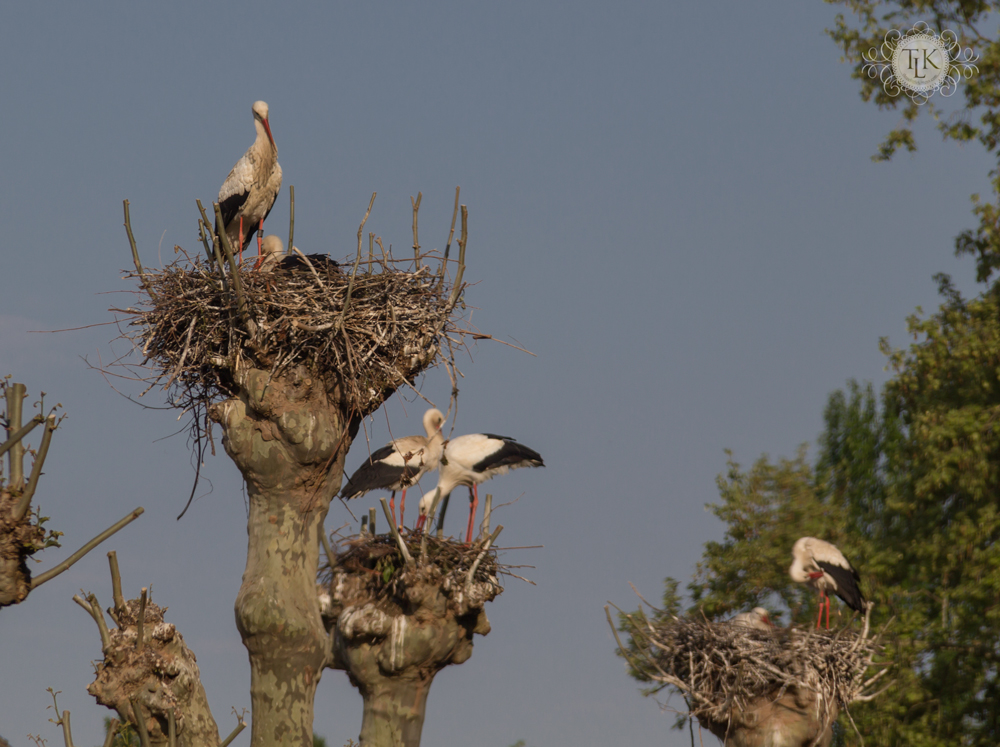
Another fun fact about Strasbourg is their colonies of Storks! Our bus made a point to drive down certain streets where we could see nest after nest after nest of these large birds. They migrate here in the Spring after spending the winter in either Africa or India. And they build their stick nests, raise their young and then head back to the south to start all over again the next year.
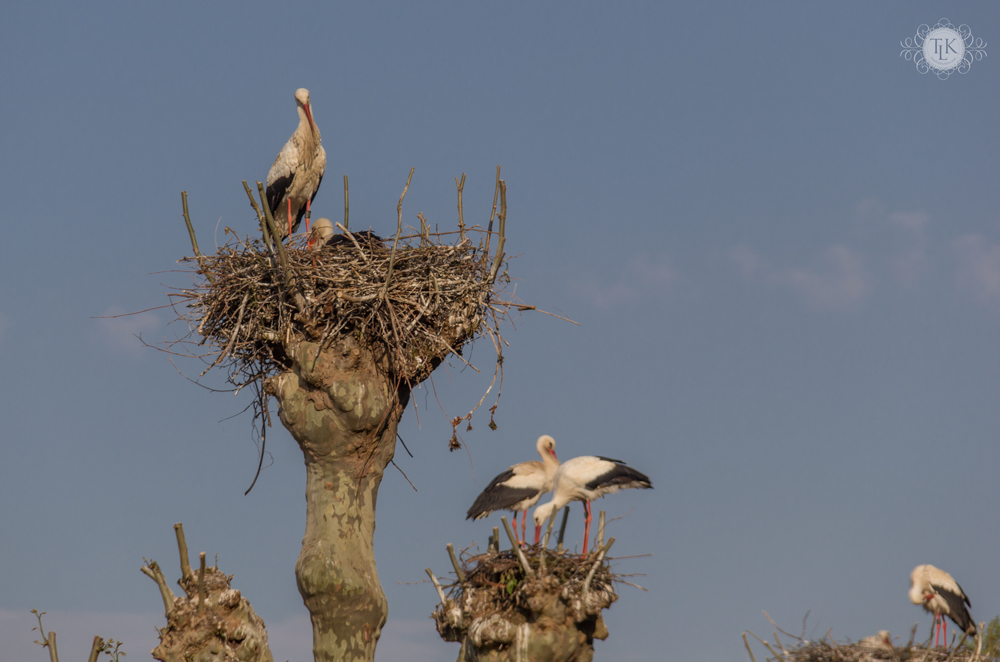
The people of Strasbourg are very proud of their White Storks.
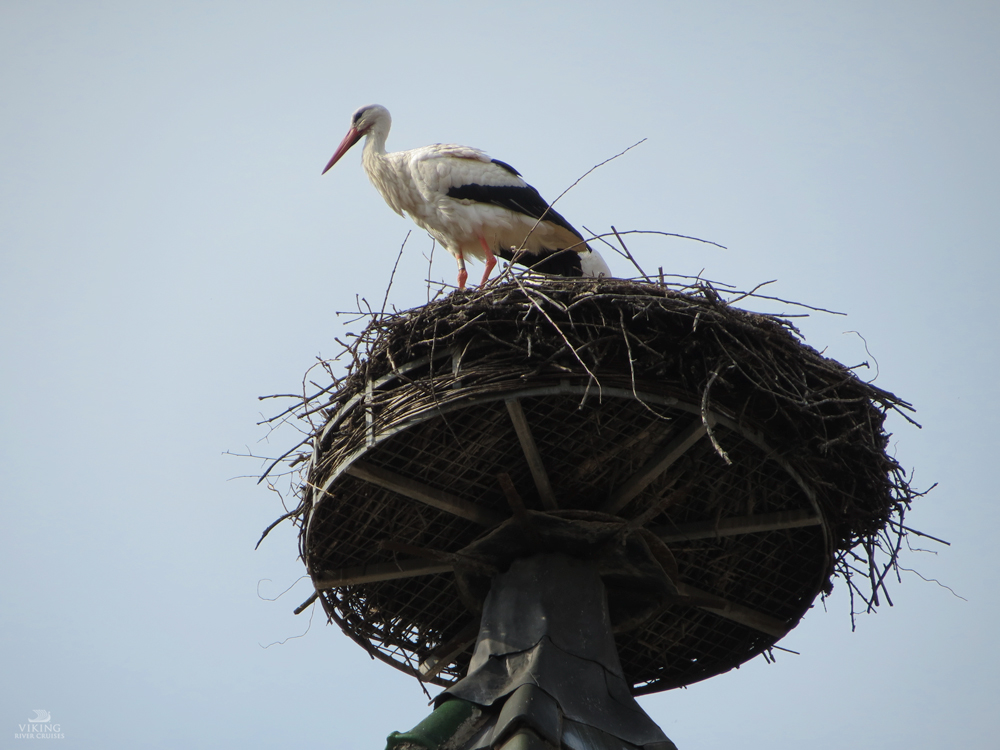
In the late 1800’s during a time of war, an artist named Hansi used the Stork as a symbol to give hope to the people of the region. Storks have long been associated with fertility, luck and good fortune. And the fact that they return to their home in Strasbourg each year showed their determination which Hansi used to encourage people that they soon would be returned to their home country when the war was over.
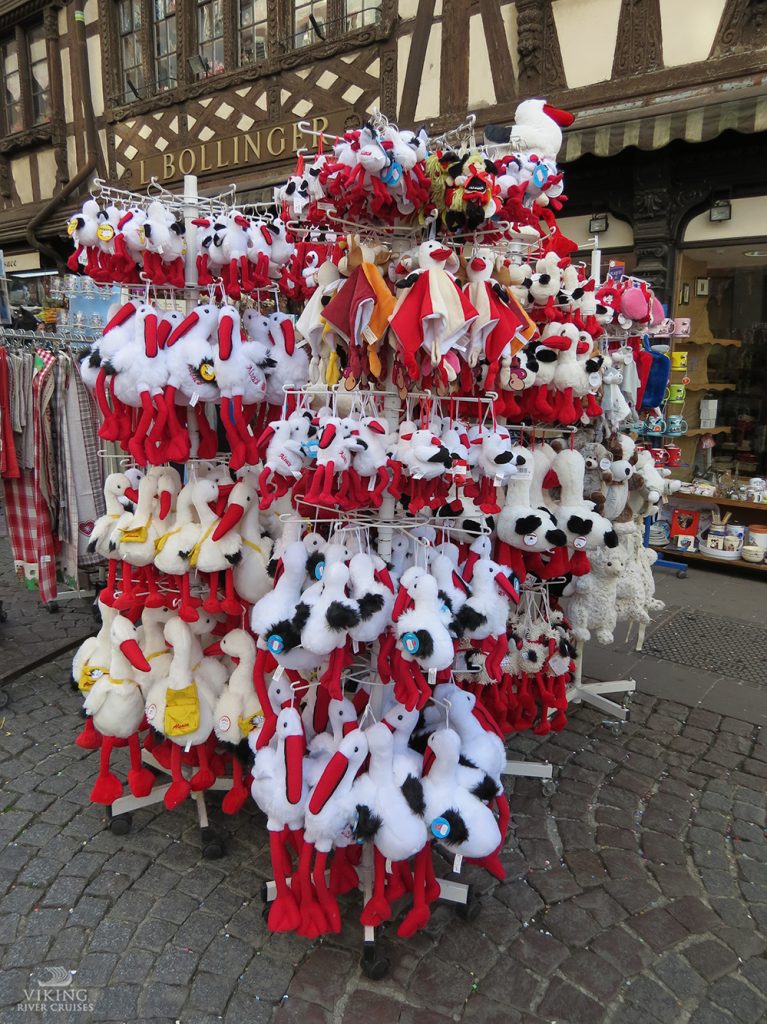
And if you visit any gift shop in Strasbourg, you will find an abundance of Stork adorned merchandise and souvenirs.
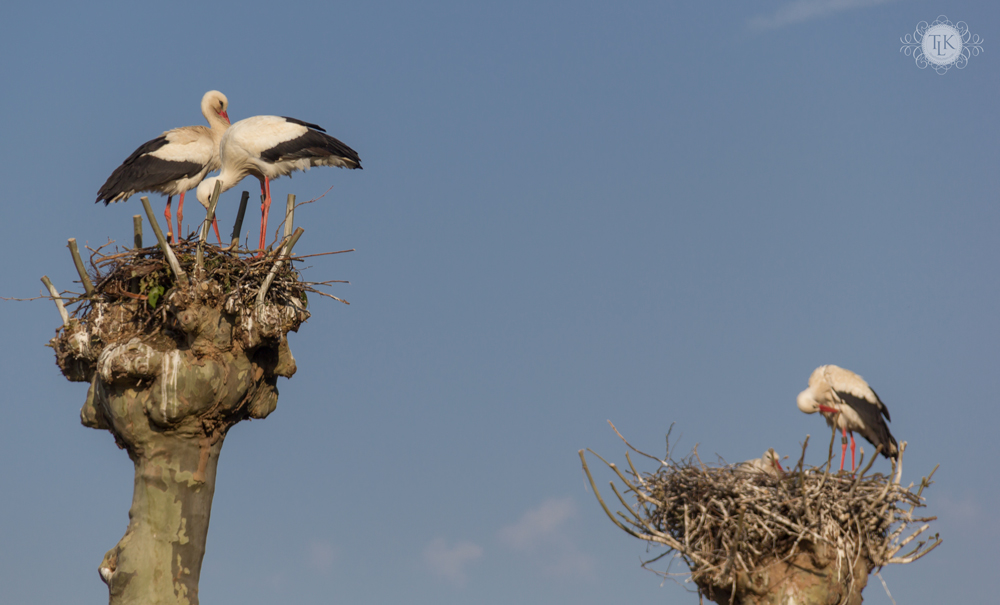
Another thing that makes the citizens of Strasbourg proud is the fact that they saved their beloved Storks from endangerment. After World War II, industrialization and rebuilding nearly brought them to their end. At one point there were only ten mating pairs left in the region. Now there are several sanctuaries and parks where you can see them up close and learn more about what has been accomplished in bringing them back in great numbers, since they are a vital part of the ecosystem and even tourism in the region. The adults will come back to the same nesting spot year after year and many Alsatians take pride in having a nest on their property. After all, the stork brings good fortune.
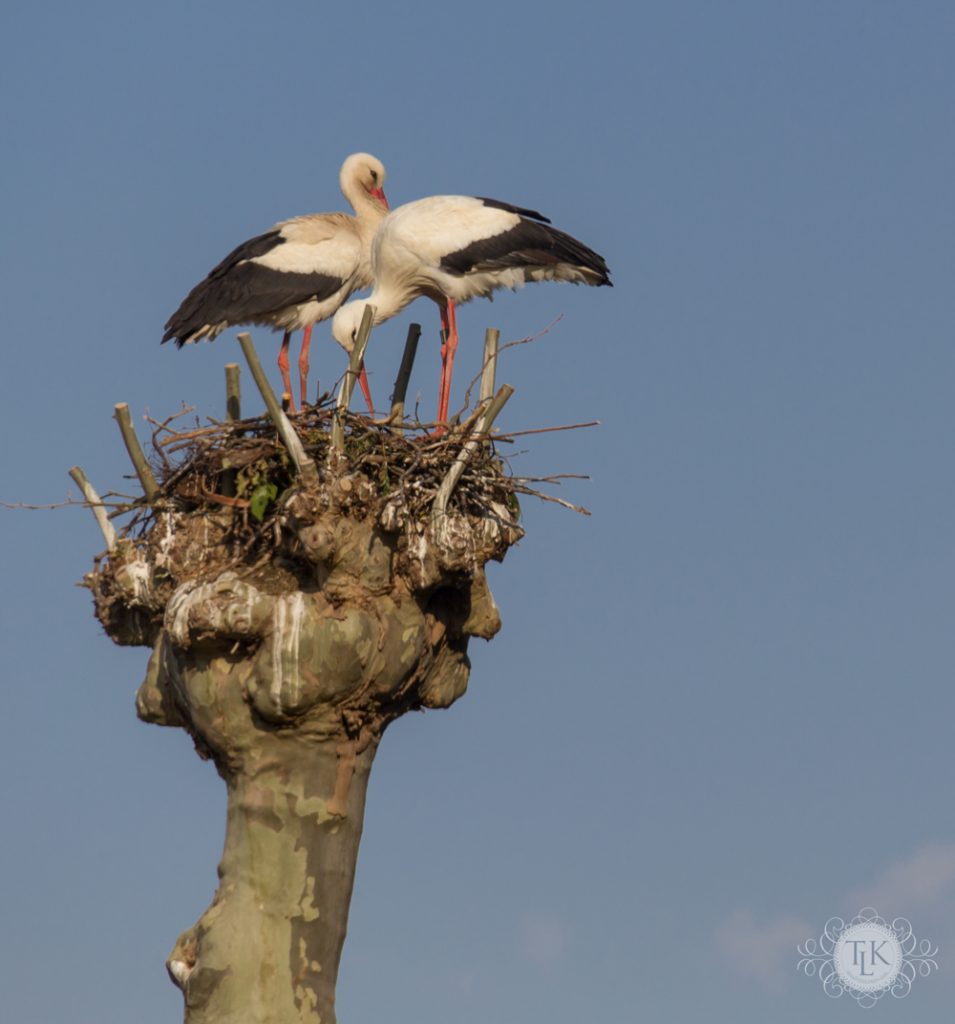
They definitely were something to see. But soon we would arrive in La Petite France…stay tuned!
This is not a sponsored post. This is my experience from my trip with Viking River Cruises. Email me to find out how you can save $100 when you book your first cruise with Viking through their referral program.
Leave a Reply